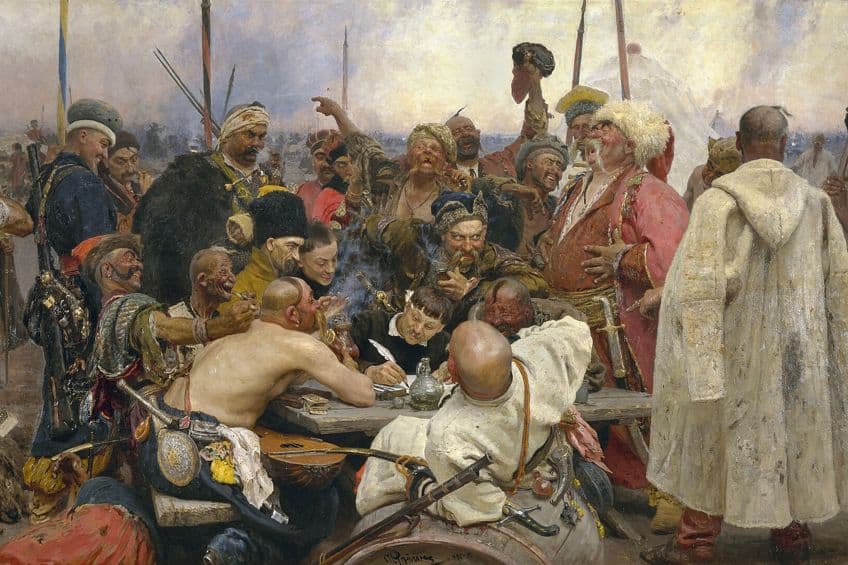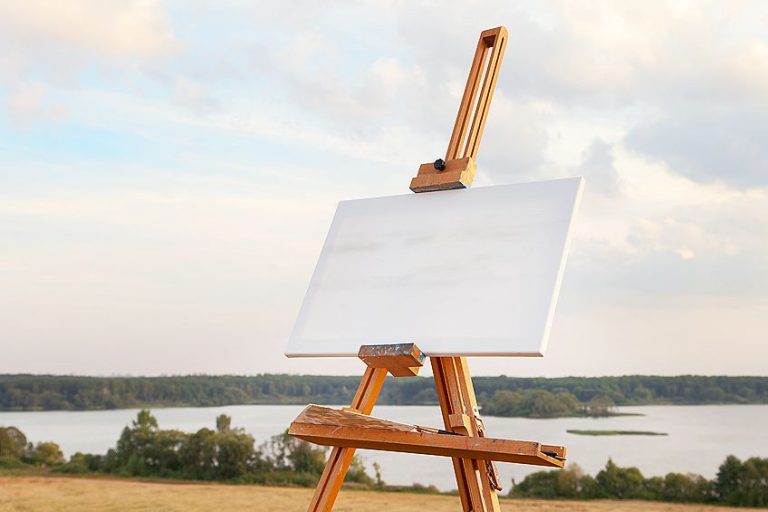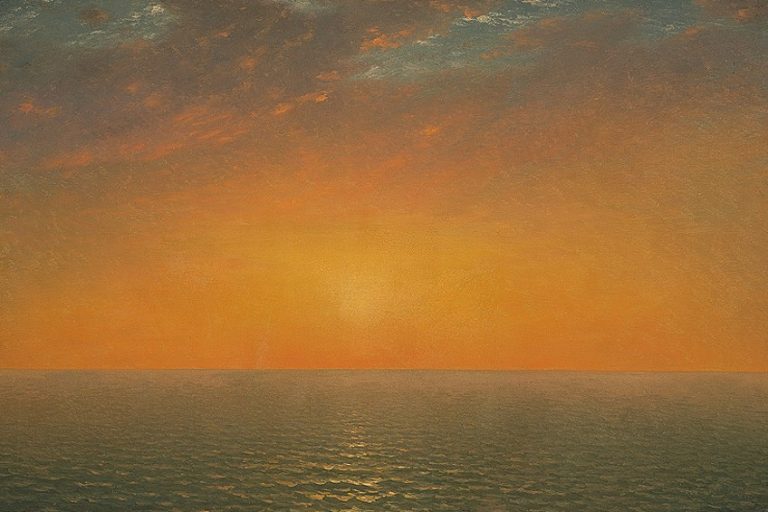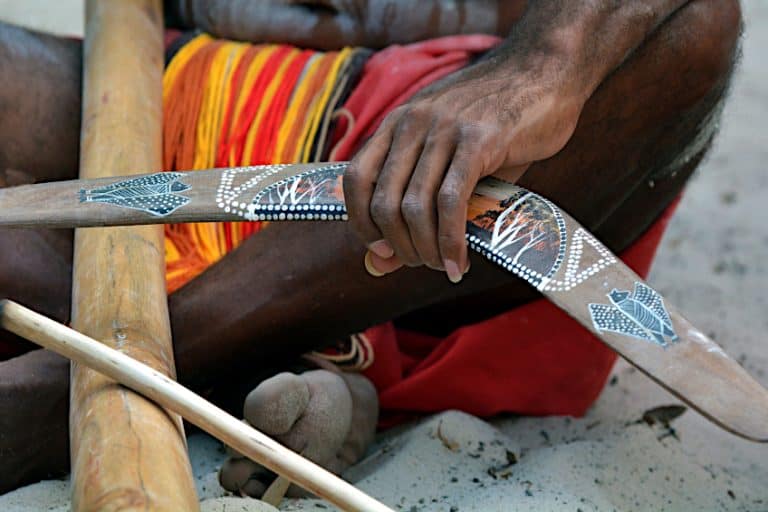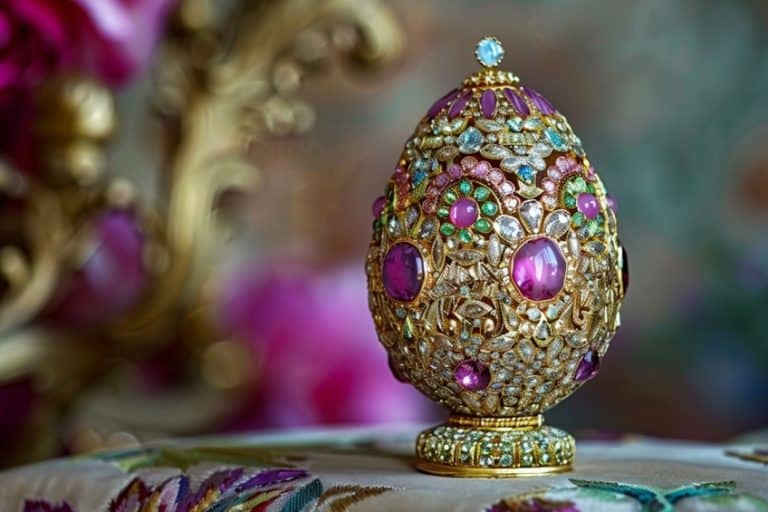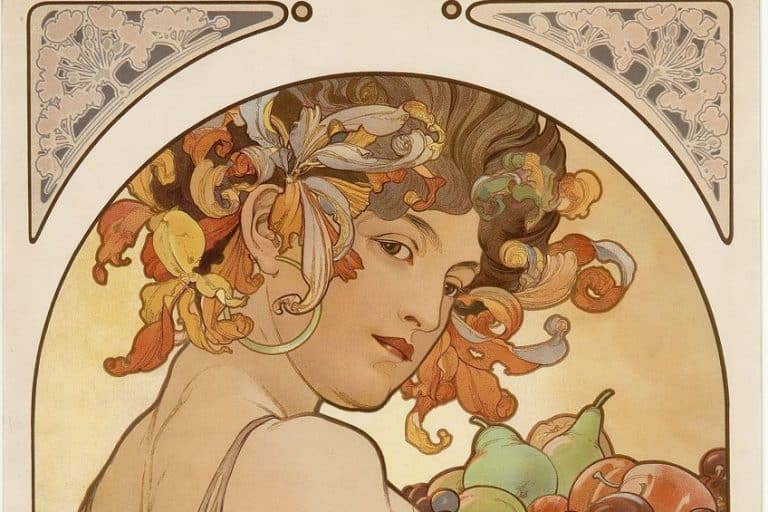Russian Art – Trace the Rich History of Russian Culture
Russian art spans a rich tapestry of styles, periods, and influences, reflecting the country’s tumultuous history and diverse cultural heritage. From the iconic religious icons of the Byzantine era to the avant-garde experiments of the early 20th century, Russian art has captivated audiences with its depth, complexity, and innovative spirit. This article delves into the fascinating world of Russian art, exploring its key movements, prominent artists, and enduring contributions to the global art scene.
Key Takeaways
- Russian art boasts a rich diversity from ancient religious icons to contemporary movements.
- Notable art periods reflect Russia’s historical changes and societal shifts.
- Russian artists and institutions continue to shape and preserve the nation’s cultural identity.
Historical Development of Russian Art
Russian art is a reflection of the country’s rich tapestry of history and cultural influences, stretching from ancient times to the modern era. It encapsulates a diverse range of styles and movements that have evolved over centuries, marked by unique developments and significant periods that contribute to its vast and multidimensional character. Through various forms like religious icons, social realism, and abstract expressionism, Russian art has expressed the nation’s soul, speaking both to its political climate and the innovative spirit of its people.

From medieval times, Russian art was synonymous with religious iconography, deeply entwined with the Orthodox Church. The modern period saw a break away from these conventions, birthing a range of styles as Russian artists began to assimilate Western techniques with traditional forms, fostering an environment rich for avant-garde movements. As Russian painters gained exposure to global art scenes, they contributed evocative works that both captured the national identity and pushed the boundaries of artistic expression.
Museums and institutions preserve this legacy today, showcasing Russia’s artistic achievements and continuing to inspire new generations.
Beginnings and Medieval Period
Christianization of Russia in the 10th century served as a critical juncture in the development of Russian art. It inaugurated a long tradition of icon painting, a genre that became a cornerstone of Russian religious and artistic identity. Notable figures such as Andrei Rublev are synonymous with this period, having contributed masterpieces that set the standard for religious iconography. The icon, a portrayal of sacred Christian figures, was not only an object of veneration but also an indicator of the technical and stylistic prowess of the artist. Following centuries witnessed the rise of Parsunas, informal portraits that emerged in the 16th century. Initially rooted in religious contexts, Parsunas gradually signaled the shift to secular portraiture, laying the groundwork for later developments.
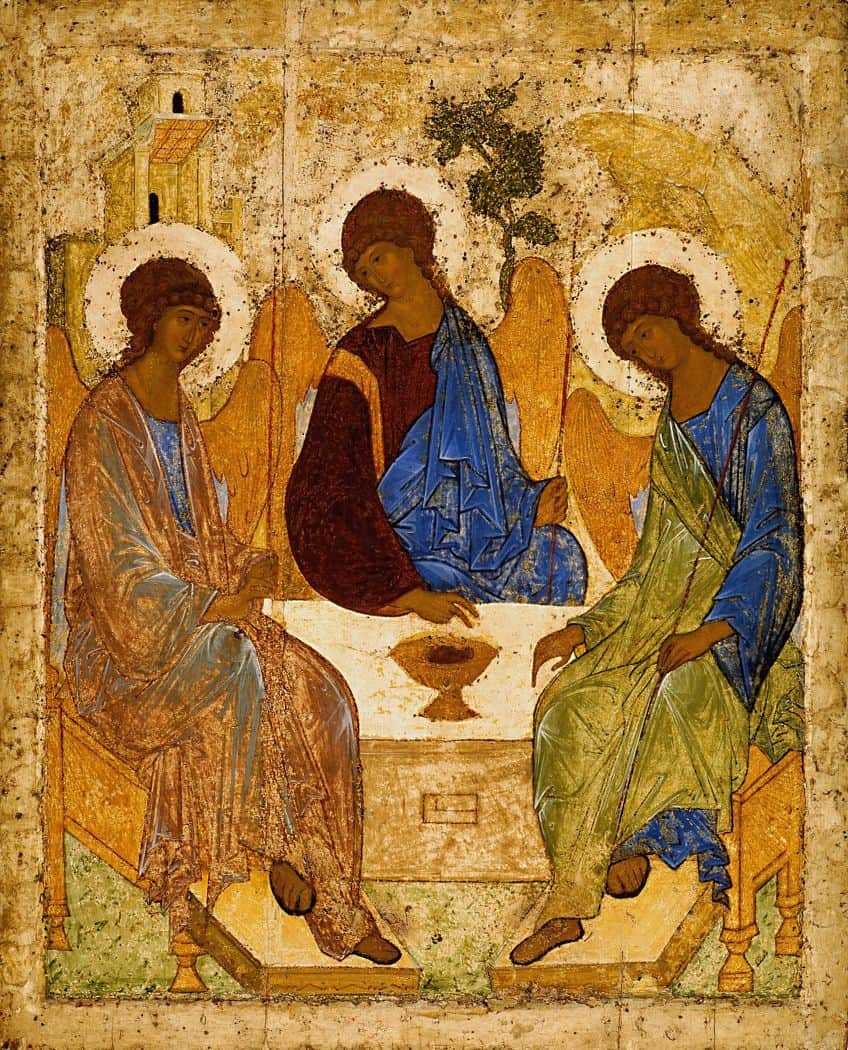
Imperial Era and Western Influence
The Imperial Era brought dramatic change, marked prominently by the reigns of Peter the Great and Catherine the Great. Peter’s fascination with European customs and techniques introduced the trend of Westernization within Russian art. He actively encouraged local artists to study abroad and invited European artists to Russia, seeking to modernize the Russian cultural scene in line with Western European practices. The 18th and early 19th centuries under the rule of Catherine the Great continued this shift toward Western styles. Artists such as Ivan Nikitin emerged as one of the first Russians to gain recognition for his work, which was notably influenced by Western European portraiture. The Russian Academy of Arts, founded in 1757, played a pivotal role by sending Russian painters overseas to develop their skills.
This period witnessed diversification in artistic subjects and techniques, reflecting a broader spectrum of Russian society and a move away from strictly religious themes.
Significant Art Movements and Styles
Russian art has evolved through a myriad of significant movements and styles, each reflecting the country’s cultural and political changes. From the profound influence of the Academy of Arts to the radical approaches of Avant-Garde artists, these movements have been pivotal in shaping Russian artistry.
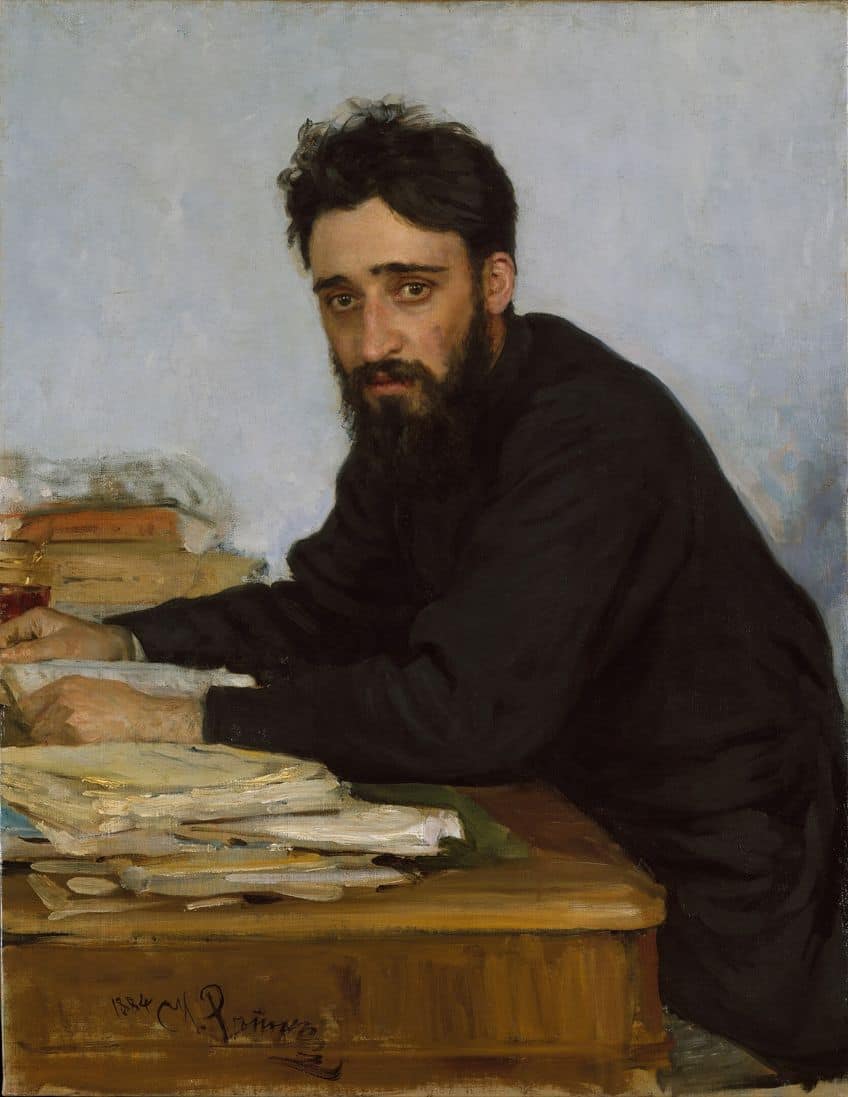
Romanticism and Realism
Romanticism emerged in Russia in the early 19th century, characterized by its emphasis on emotion, imagination, and the beauty of nature. It stood in contrast with the later Realism movement, which began in the mid-19th century as a reaction to the idealized subjects of Romanticism. Realism depicted the everyday life of ordinary people with a critical eye, focusing on social issues.
An influential group of realist artists called the Peredvizhniki, or Wanderers, broke away from the formal constraints of the Academy of Arts to create traveling exhibitions, aiming to make art more accessible to the public.
Avant-Garde and Revolutionary Art
The early 20th century saw the birth of Russian Avant-Garde, a period replete with artistic innovation. Diverse yet thematic movements such as Suprematism and Constructivism emerged, focusing on abstract art and geometric forms. Suprematism, founded by Kazimir Malevich, embraced simple shapes like circles and squares to express pure feeling. Constructivism, by contrast, emerged after the Russian Revolution, advocating for art as a practice for social purposes, synthesizing technology and visual language.

Soviet Artistic Expression
Post-revolution, the Soviet regime instilled Social Realism as the state’s official artistic style. Known as Socrealism, this style served as a propagandistic device, idealizing communist values and portraying Soviet life in a positive light. Artistic expression became heavily regulated by the state, and the Academy of Arts was repurposed to uphold the aesthetic principles of Socrealism.
Each movement within Russian art has contributed to a dynamic and complex heritage, reflecting the nation’s tumultuous social and political evolution.
Influential Russian Artists and Their Works
Russian art has been shaped by its great masters, each contributing uniquely to various disciplines within art. Be it evocative portraiture, bold abstract movements, or serene landscapes, these artists have left an indelible mark on art history.

Masters of Portraiture
Ilya Repin stands out as a paramount figure in Russian portraiture, capturing the essence of his era with unrivaled realism. His work, Portrait of an Unknown Woman, showcases the finesse and psychological depth he brought to the canvas. Valentin Serov, another prominent portraitist, gained acclaim for his 1887 portrait of Izabela Czartoryska and his expressive brushwork in paintings like The Girl with Peaches.
Ivan Kramskoy, a thoughtful critic of social hierarchy, reflected his concerns through nuanced portraits of literary figures, like the solemn Portrait of Ivan Shishkin, and the introspective Portrait of an Unknown Woman, often considered a paradigm of Russian portraiture.
Pioneers of Abstract and Non-Figurative Art
Russian art took a radical turn with the advent of abstract art, spearheaded by Wassily Kandinsky. He is often regarded as the pioneer of the genre, with his Composition VII being an iconic piece within abstract circles. Kazimir Malevich further pushed artistic boundaries with his Black Square, emblematic of the Suprematist movement, which emphasized basic geometric forms and pure artistic feeling over representation. Mikhail Larionov and Natalia Goncharova challenged traditional art with their avant-garde creations, and Goncharova’s The Cyclist is seminal in illustrating the dynamism and the energy of the era.

Legacy of Russian Landscape Painting
The Russian landscape painting tradition is celebrated worldwide, with Ivan Shishkin’s Morning in a Pine Forest being an epitome of the genre. His lifelike renditions of the Russian wilderness portrayed the grandeur and serenity of nature with an unmatched realism. Ivan Aivazovsky gave the world a treasure trove of maritime art, with works like The Ninth Wave exemplifying his genius in capturing the play of light on water.
Arkhip Kuindzhi’s painting, The Rooks Have Come Back, became well-known for its portrayal of a simple Russian landscape with dramatic lighting and atmospheric effects, enriching the country’s artistic heritage.
Russian Art Institutions and Impacts
Russian art institutions have not only preserved the rich tapestry of the nation’s cultural heritage but have also been pivotal during times of social and political upheaval. They provide a window into the shifting ethos of Russian society and the resilience of its artistic expression.

Major Museums and Galleries
The State Tretyakov Gallery in Moscow and The State Russian Museum in St. Petersburg are two monumental institutions in the preservation and exhibition of Russian fine art. The Tretyakov Gallery, founded by Pavel Tretyakov, boasts a collection that includes iconic works from the 11th to the early 20th century, focusing exclusively on Russian art.
On the other hand, The Russian Museum was the first state-owned museum of fine arts, showcasing an extensive range of Russian art from Orthodox Church icons to avant-garde pieces.
Art During Social and Political Changes
Russian art has both influenced and been influenced by the country’s social and political context. During the Soviet Union era, art was a form of propaganda which reflected the political climate, often under heavy censorship. The rise of Soviet underground non-conformist art displayed resistance to state-controlled artistic expression. Prominent during Khrushchev’s thaw, a period marked by liberal reforms, this artistic movement challenged Soviet ideological constraints and provided a counter-narrative to official art by fostering individual expression. In the late 20th century, institutions grappled with new-found freedom following the collapse of the Soviet Union, which led to an exploration of previously censored themes. The resilience of Russian art institutions against the backdrop of these social and political reformations signifies their crucial role in shaping and maintaining Russian cultural identity.

Russian Art Today
Russian art today reflects a dynamic blend of traditional influences and contemporary expressions, showcasing a vibrant and diverse creative landscape. Artists across Russia explore a wide range of themes, techniques, and mediums, drawing inspiration from their cultural heritage, social issues, and global trends. From experimental installations in Moscow’s contemporary art galleries to traditional crafts revitalized with modern twists, Russian artists continue to push boundaries and spark conversations. The art scene is characterized by a spirit of innovation, inclusivity, and dialogue, inviting audiences to engage with the rich tapestry of Russian artistic expression in the present day.
Russian art stands as a testament to the resilience, creativity, and cultural depth of the nation. From the intricate craftsmanship of icon painters to the groundbreaking innovations of modernists like Malevich and Kandinsky, Russian artists have left an indelible mark on the art world. Their works continue to inspire and provoke thought, offering a window into Russia’s rich history, complex identity, and ongoing artistic evolution. As we reflect on the diverse tapestry of Russian art, we are reminded of its enduring relevance and significance in the global cultural landscape.
Frequently Asked Questions
What Identifiable Characteristics Define Traditional Russian Art?
Traditional Russian art is distinguished by its vivid use of color and intricate patterns. Iconography, for instance, plays a critical role with its spiritual symbolism and gold leaf backgrounds. Folk art such as Matryoshka dolls and Palekh miniatures showcase unique Russian styles and craftsmanship through their detailed painting and storytelling.
Which Artists Are Considered Icons of Russian Art?
Artists such as Ivan Aivazovsky, recognized for his seascapes, and Ivan Nikitin, known for founding the Russian portrait painting genre, are celebrated as icons of Russian art. Their work demonstrates the technical skills and creative depth characteristic of Russian mastery in the arts.
How Has the History of Russia Influenced Its Artistic Movements?
Russian artistic movements have been profoundly shaped by the country’s history, which led to a fusion of Eastern and Western visual languages. The Romantic era of the 19th century exhibited an intense emotional expression that carried through various historical periods. Moreover, social and political changes have frequently inspired avant-garde movements, reflecting the dynamism and turbulence of Russia’s past.
Isabella studied at the University of Cape Town in South Africa and graduated with a Bachelor of Arts majoring in English Literature & Language and Psychology. Throughout her undergraduate years, she took Art History as an additional subject and absolutely loved it. Building on from her art history knowledge that began in high school, art has always been a particular area of fascination for her. From learning about artworks previously unknown to her, or sharpening her existing understanding of specific works, the ability to continue learning within this interesting sphere excites her greatly.
Her focal points of interest in art history encompass profiling specific artists and art movements, as it is these areas where she is able to really dig deep into the rich narrative of the art world. Additionally, she particularly enjoys exploring the different artistic styles of the 20th century, as well as the important impact that female artists have had on the development of art history.
Learn more about Isabella Meyer and the Art in Context Team.
Cite this Article
Isabella, Meyer, “Russian Art – Trace the Rich History of Russian Culture.” Art in Context. April 10, 2024. URL: https://artincontext.org/russian-art/
Meyer, I. (2024, 10 April). Russian Art – Trace the Rich History of Russian Culture. Art in Context. https://artincontext.org/russian-art/
Meyer, Isabella. “Russian Art – Trace the Rich History of Russian Culture.” Art in Context, April 10, 2024. https://artincontext.org/russian-art/.


